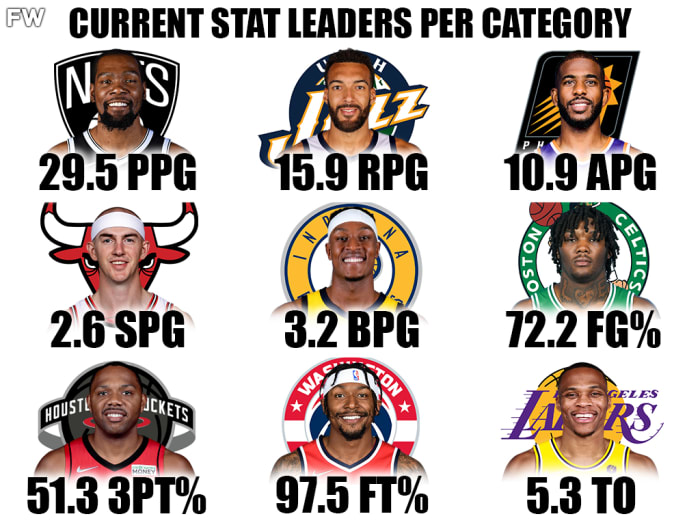The cryptocurrency market is a volatile one. In the past year, bitcoin’s price has fluctuated from $6,000 to $19,000. Some investors have been able to take advantage of this volatility by investing in cryptocurrencies and then trading them for a profit.
The yellen crypto regulation is a topic that has been debated on recently. Janet Yellen, the chair of the Federal Reserve, believes that cryptocurrencies are not going away anytime soon.
A financial practice that goes back to biblical times: lending money to earn interest, is one of the trendiest fads in cryptocurrency.
Rather than just waiting for their bitcoin, ether, or other digital currencies to appreciate in value, cryptocurrency investors are now actively seeking profits by lending out their crypto holdings or engaging in other yield-generating methods. Such “yield farming” may generate double-digit interest rates, which are much greater than those available with dollars.
Subscribe to our newsletter
Markets
A pre-markets primer full of breaking news, trends, and ideas. In addition, you’ll get access to up-to-date market data.
It’s a high-risk venture. Scammers may steal investors’ digital assets, or unexpected bouts of volatility could wipe them out. In addition, the sector is mainly uncontrolled. The Federal Deposit Insurance Corp., which pays depositors when banks fail, does not cover yield farmers.
Despite this, the prospect of large gains in a low-yield market has drew popular interest. According to industry experts and data sources, professional and amateur investors alike invested tens of billions of dollars into yield farming in the last year.
According to Mark Cuban, the billionaire owner of the Dallas Mavericks and an avid crypto yield farmer, “yield farming is not much different from purchasing high-dividend paying equities or high-yield unsecured loans or bonds.” “They have to pay more than other businesses for a reason. They’re at a higher risk.”
Even professionals may sustain injuries. When Titan, a digital currency in which Mr. Cuban was receiving a return, fell to zero in June, he lost money.

The NBA’s Dallas Mavericks’ owner, Mark Cuban, is a crypto yield farmer.
Associated Press/Richard Shotwell/Invision
Yield farmers often give their bitcoins to computer programs rather than depositing their money in a bank. Some of these systems lend coins to borrowers and charge interest to the farmers who produce the crop.
For example, an investor might connect her digital wallet to Aave, a crypto-lending site, to receive interest on tether, a so-called stablecoin that aims to retain the same value as the US dollar.
Aave would lend the investor money in tether and get the interest on her digital wallet. Aave was providing a 2.9 percent annualized yield on tether as of late Friday. Based on lending and borrowing activities, such rates may change from minute to minute.
Aave is one of the most well-known names in decentralized finance, or DeFi, a fast-growing sector of the crypto market where yield farmers are looking for profits. Using cryptocurrency, DeFi initiatives attempt to mimic conventional financial operations such as lending and borrowing.
Some early-stage DeFi ventures claim yearly returns of 30% to 50% or higher. The catch is that profits are often expressed in tokens given to depositors as an incentive for utilizing their platforms. The value of the returns is eroded if the tokens lose value.
LET US KNOW WHAT YOU’RE CONCERNED ABOUT.
Do you believe bitcoin is a fleeting fad or a long-term trend? Participate in the discussion below.
Fraud may also cost yield producers money. DeFi initiatives are often managed by anonymous teams that, in frauds known as rug grabs, abscond with investor money. According to CipherTrace, an analytics company, DeFi scams cost investors $83.4 million from January to April.
According to Ryan Watkins, a senior research analyst at the crypto-data company Messari, “it’s the virtual equivalent of giving your money to a stranger and expecting them to pay you your money back.”
In December, Marcio Chiaradia, a digital marketer in Irvine, California, started produce farming. He recalls losing a few hundred bucks on a rug draw called MoltenSwap that promised a return of more than 1,000 percent. Mr. Chiaradia, on the other hand, said that his track record has been mainly good.
Mr. Chiaradia, who is 39 years old and has invested several thousand dollars in yield farming, said, “It seems like the beginning of the internet, with these strange and wacky things that aren’t going to be there in the long term.” “However, I believe that certain DeFi sites will continue to exist.”
It’s difficult to quantify the precise quantity of yield-farming activities, but the total assets placed as collateral with DeFi projects serves as an approximate approximation. According to data provider DeBank, this statistic, known as total value locked, has risen to $74 billion from less than $2 billion a year earlier.
NFTs, or nonfungible tokens, have taken off in the digital art world. They are said to be a method to make digital assets scarce and therefore more valuable, according to proponents. The Wall Street Journal describes how they operate and why some people are skeptical about their durability. Jacob Reynolds/WSJ/Jacob Reynolds/WSJ/Jacob Reynolds/WSJ
Some common yield-farming techniques have no direct counterparts in conventional finance. In “liquidity mining,” investors place digital currencies in pools of assets managed by decentralized crypto exchanges like Uniswap, in return for a cut of the exchange’s trading costs.
Staking is a similar technique in which investors lock up their coins to maintain the integrity of the underlying computer network of a currency. They are compensated with fresh coins that generate interest.
The returns offered in cryptocurrencies—even in stablecoins ostensibly linked to the US dollar—are vastly different from those available in the US currency. According to Bankrate.com, the national average interest rate for savings accounts is 0.06 percent. Meanwhile, depositors may earn yearly returns of 1% to 10% or more on dollar-pegged stablecoins via crypto platforms.
According to Marco Di Maggio, a Harvard Business School professor who has researched crypto lending, such disparities have developed as a result of the high demand for borrowing digital currency.
Mr. Di Maggio claims that the demand comes mostly from trading companies that may benefit from a variety of methods. One approach, for example, is to profit on the disparity between bitcoin’s current price and futures contracts tied to bitcoin’s price in the months ahead. However, such methods need a substantial amount of money to be successful. Because crypto companies often are unable to get financing from banks, they resort to crypto-lending sites, where they are prepared to pay exorbitant interest rates.
Mr. Di Maggio believes that as the cryptocurrency industry develops, interest rates will decrease. Furthermore, a crypto price collapse would dampen the present digital-currency borrowing craze. “As long as there is a bull market and demand for debt, it will be sustainable,” he added.
Meanwhile, businesses like Coinbase Global Inc., a cryptocurrency exchange, are hoping to profit from high bitcoin interest rates. Coinbase launched a program last month that allows users to receive a 4% yearly return on stablecoin USD Coin. By cryptographic standards, the yield is poor. BlockFi, a crypto-lending company, provides a 7.5 percent yearly return on the same currency to depositors.
“It’s becoming more accessible to individuals who aren’t crypto-native,” said Peter Johnson, a partner at Jump Capital, which has funded BlockFi and a number of DeFi companies.
“If you simply want to make 4% on your money, there are now methods to do it without knowing anything about crypto,” he added.
Cryptocurrency Markets: Bitcoin, Dogecoin, and Ether
Alexander Osipovich can be reached at [email protected].
Dow Jones & Company, Inc. All Rights Reserved. Copyright 2021 Dow Jones & Company, Inc. 87990cbe856818d5eddac44c7b1cdeb8
The stablecoin risks are the risks that come with investing in a stable coin. This is because the prices of these coins are not as volatile as other cryptocurrencies, but it can be difficult to predict what they will do next.
Related Tags
- risks of crypto stablecoins attract attention of yellen, fed and sec
- tether risks
- fed stablecoin
- investing in bitcoin 2021
- stablecoin news

